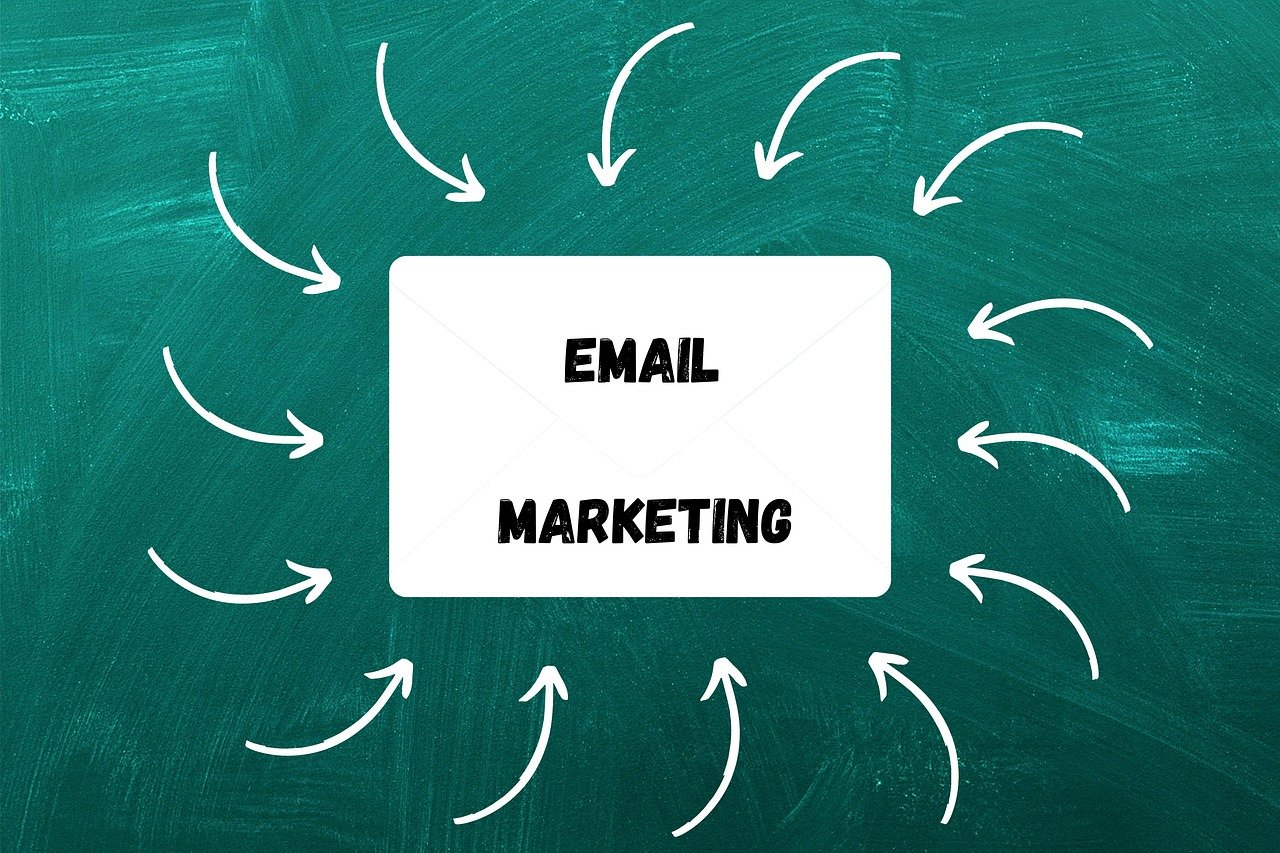Are you finding that your emails aren’t getting the response you were hoping for? It’s frustrating, but the solution might be simpler than you think: adjusting your email calls-to-action.
This guide is here to help you navigate the realm of email CTAs. We’ll delve into why they’re crucial for success, explore various types of CTAs and provide practical tips to craft irresistible CTAs that compel your audience to take action. Whether you’re aiming to boost click-thru rates, increase conversions or enhance engagement, mastering the art of effective CTAs is key to achieving your email marketing goals.
Let’s dive in and optimize your email strategy!
Why email calls-to-action matter
Think of CTAs like the GPS for successful email marketing – they’re like direct invitations for subscribers to do something, like buying, downloading, signing up or checking out your website.
Without CTAs, your emails, even with custom email marketing templates, might just get lost in crowded inboxes and be easily forgotten. These little powerhouses cut through all that noise, giving your audience a clear path to proceed.
They are like the secret sauce that changes your emails from easy to forget to full of action. They guide your audience, add urgency, and make sure FOMO kicks in, turning your emails into champions for getting things done.
Types of CTAs
Understanding the variety of CTAs available is crucial for crafting effective email campaigns. Here are some types to consider:
- Button CTAs: Clear and visually appealing buttons with concise text that prompt recipients to click and proceed.
- Text-based CTAs: Simple hyperlinked text directing readers to specific landing pages or websites.
- Image-based CTAs: Eye-catching images with embedded links that grab attention and entice clicks.
- Social media CTAs: Inclusion of social media icons or buttons to encourage followership and engagement on platforms like Facebook or X (formerly known as Twitter).
- Personalized CTAs: Customizing CTAs based on recipient data such as name or past purchases for a personalized touch.
Diversifying and strategically placing these CTAs in your emails optimizes engagement and increases conversion rates.
Crafting effective CTAs: The art of persuasion
Crafting a compelling CTA is the cornerstone of successful email marketing. Here are five tips to create powerful email calls-to-action that drive conversions:
Be clear and concise
Use powerful verbs and maintain brevity in your message. Clearly articulate the desired action, ensuring it is easily understood by the audience. Avoid unnecessary verbosity that may obscure the main objective. Keep your CTA succinct and direct, leaving no room for ambiguity.
Example:
Before: “Shop now …”
After: “Explore Our Latest Collection”
The generic “Shop now …” is upgraded to “Explore Our Latest Collection,” providing more context and inviting users to discover the brand’s newest offerings. This CTA is suitable for retail businesses, as it encourages potential customers to browse and engage with the brand’s products. By emphasizing the word “explore,” it implies a more interactive and immersive shopping experience.
Create urgency
Encourage immediate action by instilling a sense of urgency through persuasive language. Use phrases such as “limited time offer” to convey the notion that the opportunity won’t be available indefinitely. By employing such language, you compel individuals to take prompt action rather than delay their response.
Example:
Before: “Learn more …”
After: “Secure Your Spot Today”
Change a passive call to action into an active directive that creates a sense of urgency. By urging recipients to “Secure Your Spot Today,” you convey the importance of acting promptly to reserve their spot, implying that availability may be limited or time-sensitive.
Action-oriented language
Make your CTA stand out by employing vibrant and eye-catching colors, alongside a variety of unique fonts. This strategic approach effectively captures people’s attention, directing them towards the desired action, whether it’s clicking a button or filling out a form.
Example:
Before: “Shop Now”
After: “Discover Your Perfect Style”
Although “Shop Now” is commonly used, it may not effectively communicate the unique offerings or benefits of the products or services available. It lacks personalization and doesn’t create a sense of urgency. By changing “Shop Now” to “Discover Your Perfect Style,” the CTA becomes more action-oriented and personalized. It appeals to the audience’s desire to find
Offer value
Ensure that individuals understand the benefits of taking action. Let them know about the awesome rewards they’ll receive, such as access to exciting content or exclusive discounts that they won’t want to pass up. This helps them see the value in what you’re offering and motivates them to act.
Example:
Before: “Know more …”
After: “Check Our Courses List”
Instead of a vague call to action, the revised CTA provides clear value to the prospect by inviting them to explore a specific resource – the list of courses offered. This directs their attention to a concrete benefit they can gain from engaging with the email content, increasing the likelihood of click-through and conversion.
Use personalization
Make the CTA feel special by changing it for each person. This means adjusting it based on what they like or have done before. When it feels like you understand them personally, they’re more likely to do what you’re asking because it seems like it’s just for them.
Example:
Before: “Order now …”
After: “Indulge in Culinary Delights”
“Order now …” is transactional and lacks personality. “Indulge in Culinary Delights” appeals to the prospect’s senses and creates a sense of anticipation, inviting them to savor the experience of delicious food and enticing flavors.
Experiment and test to identify the most effective email calls-to-action strategies for engaging your audience.
If you liked this article, sign up for SmartBrief’s free email newsletter on Marketing Innovation. It’s among SmartBrief’s more than 250 industry-focused newsletters.
Opinions expressed by SmartBrief contributors are their own.
